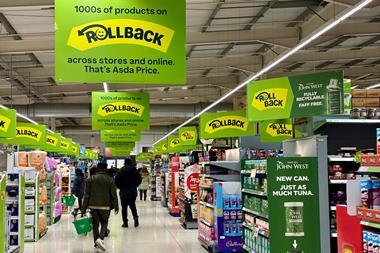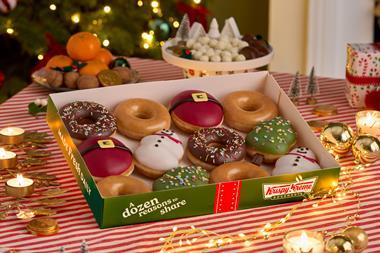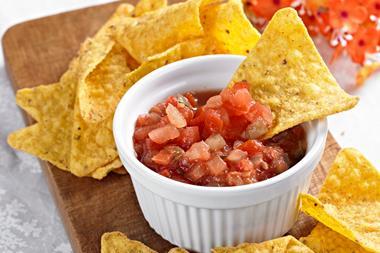The adult soft drinks category first became established as a separate market segment in the 1980s with the launch of Aqua Libra. Other products soon followed, such as the Bottle Green range.
Being a relatively young market, there is no unanimous agreement on the definition of this category within the drinks industry.
Mintel has divided the market into three sub-segments fruit drinks, herbal drinks and flavoured waters.
Flavoured water, which is the youngest category, has shown the greatest rate of growth and has the advantage that it is the closest product to bottled water, which is showing the highest growth in the total soft drinks segment. Fruit drinks, on the other hand, are moving at a slower tempo.
This slower growth is directly connected to having to compete against mainstream giants such as Coca-Cola.
Herbal drinks is the smallest segment, with the premium prices of these products mainly responsible for the value advantage. Herbal drinks are clearly a niche product the sector has different market dynamics from the other two segments.
As competition intensifies and the market matures, distribution is one channel used to develop niche markets and to create unique selling points. This is done in the beverage market with the development of various sized packages and styles to suit particular distribution outlets.
Soft drinks are one of the most widely distributed products in the UK, sold through a diverse range of outlets from grocers to pubs, forecourt shops to fast food outlets, and off licences to vending machines. These amount to more than 400,000 outlets.
The most important channel of distribution for the soft drinks industry as a whole is take-home, consisting of grocery multiples (52%), confectioners tobacconists & newsagents and independent grocers (19%) and other multiples (16%).
{{MARKETING - P&P }}
Close menu
- Home
- Retail & Wholesale
-
Products & Suppliers
- Back to parent navigation item
- Products & Suppliers
-
Product Categories:
- Back to parent navigation item
- Product Categories:
- Alcoholic drinks
- Bakery
- Cereals & breakfast
- Cheese
- Chicken & poultry
- Chocolate
- Confectionery
- Crisps, nuts & snacks
- Dairy
- Fish
- Fresh produce
- Frozen
- Household
- Meat
- Own Label
- Sauces & condiments
- Seasonal
- Soft drinks
- Vaping
- Vegan & plant-based
- World foods
- Suppliers
- People
- Reports & Data
-
Topics A-Z
- Back to parent navigation item
- Topics A-Z
-
Popular topics:
- Back to parent navigation item
- Popular topics:
- Cost of living crisis
- Crime
- Deposit Return Schemes
- Finance
- Government & Regulation
- Health
- Inflation
- Loyalty
- Marketing
- Mergers & Acquisitions
- New Product Development
- Sourcing
- Supply chain
- Sustainability & environment
- Technology
- Ultra Processed Foods
- Vaping
- A-Z all topics
- Content by type:
- Events
- Ask iA (beta)
- Subscribe now
Sign in to comment on this article
Not logged in before? Register for FREE guest access today.
You will be able to:
- Read more stories
- Receive daily newsletters
- Comment on stories
Advert















No comments yet